Paris exists beyond its iconic iron lattice tower—a multidimensional metropolis where history, culture, and daily Parisian life unfold in neighborhoods rarely glimpsed by tower-focused tourists. While millions queue annually for elevator rides up to Gustave Eiffel’s 1889 creation, savvy travelers discover the authentic city through lesser-known museums, hidden gardens, architectural wonders, and culinary experiences that reveal Paris as locals experience it.
The city rewards those willing to look beyond postcard landmarks. Here is a list of 15 remarkable Parisian experiences that showcase the city’s extraordinary depth while avoiding the tower’s shadow.
Canal Saint-Martin Stroll
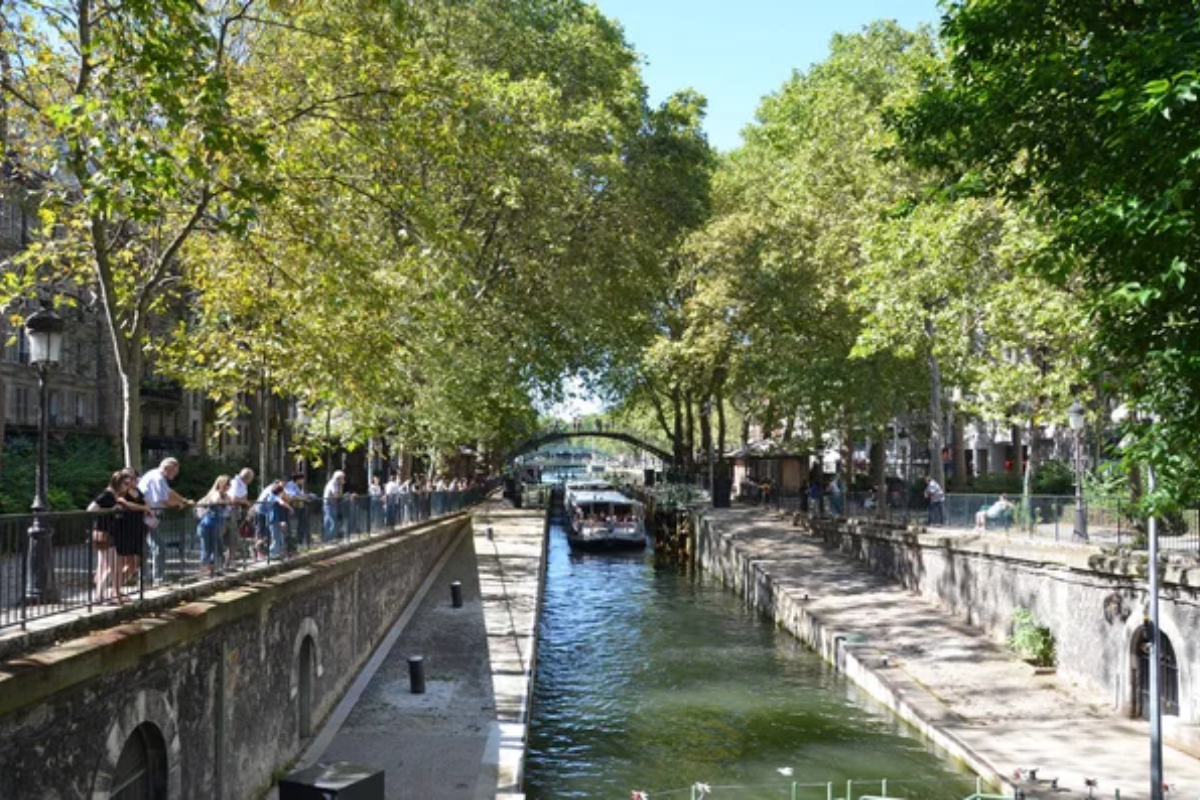
This picturesque waterway cuts through eastern Paris, lined with iron footbridges, sycamore trees, and independent boutiques representing the city’s evolving creative scene. Locals gather along the canal’s edge on warm evenings, sharing wine and conversation as the sun sets over the water.
Barges navigate through the canal’s locks, creating impromptu street theater as pedestrians pause to watch their methodical progress. The surrounding neighborhood blends historic Parisian architecture with contemporary urban culture in perfect harmony.
Parc des Buttes-Chaumont

This dramatically landscaped park in the 19th arrondissement features a towering central island accessed by a suspension bridge, with a temple perched atop Temple de la Sibylle, inspired by the Roman Temple of Vesta in Tivoli, Italy, offering panoramic city views. Created from an abandoned quarry during Haussmann’s 19th-century renovations, the park’s considerable elevation changes create numerous secluded sections with distinct microclimates.
Parisians flock here for weekend picnics, bringing elaborate spreads to enjoy on grassy slopes away from tourist crowds. The artificial grottos, waterfalls, and winding paths create romantic settings for afternoon wandering.
Like Travel Pug’s content? Follow us on MSN.
La Petite Ceinture

This abandoned railway encircling Paris has transformed into an urban wilderness corridor where nature reclaims industrial infrastructure. Access points in multiple neighborhoods allow exploration of tunnels, viaducts, and overgrown tracks that once connected the city’s peripheral districts.
Wildflowers push through former rail beds while street artists transform concrete supports into expansive canvases. These green corridors provide unique perspectives on Parisian neighborhoods from vantage points inaccessible through conventional tourism.
Marché d’Aligre

This authentic food market near Bastille operates daily except Mondays, combining covered market halls with sprawling street stalls selling everything from Moroccan spices to farm-fresh produce. Unlike tourist-oriented markets, Aligre primarily serves residents doing everyday shopping alongside chefs sourcing ingredients for neighborhood bistros.
The adjacent flea market section offers vintage housewares and unexpected treasures reflecting Paris’s multicultural character. Mingling with Parisians engaged in passionate conversations about cheese ripeness or perfect baguettes provides a rare glimpse into the rituals of everyday life in the city.
Musée de la Chasse et de la Nature
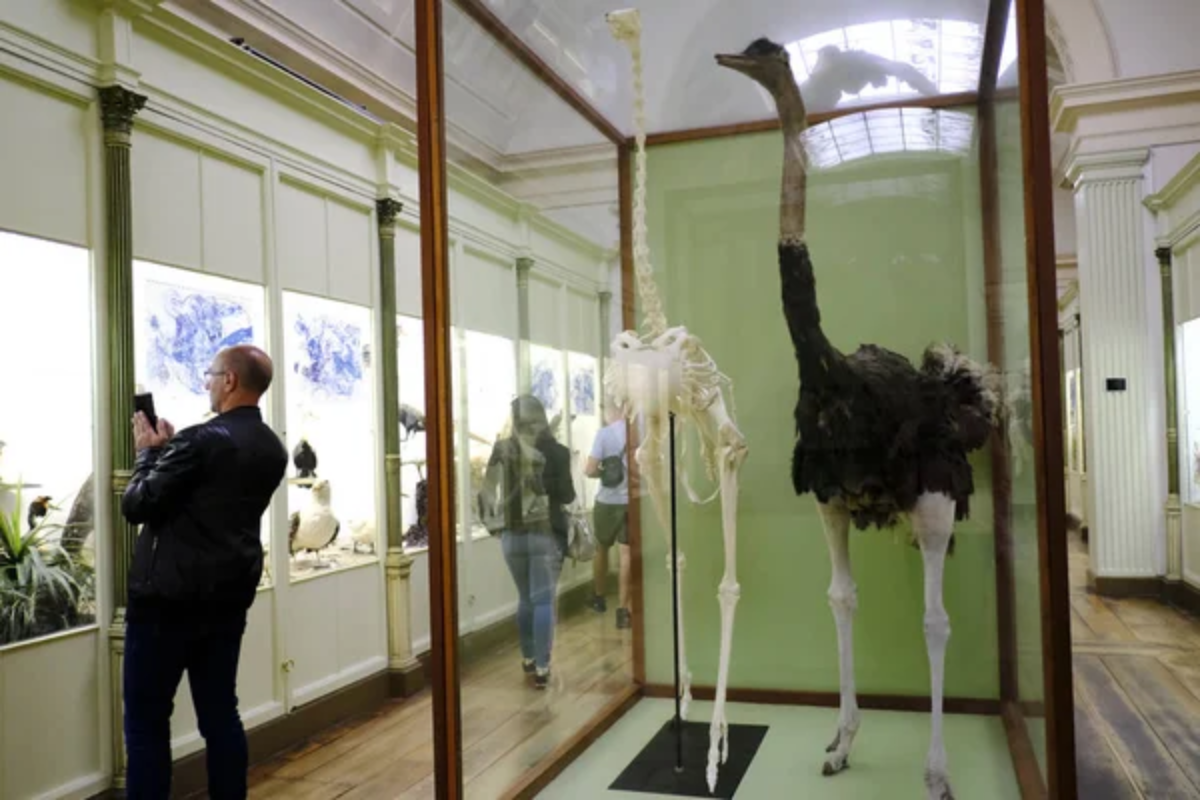
This extraordinary museum in the Marais district explores humanity’s complex relationship with wildlife through contemporary art installations alongside historic hunting artifacts and naturalist paintings. Exhibits occupy a meticulously restored 17th-century mansion where traditional period rooms receive unexpected interventions from contemporary artists, reinterpreting themes of wildness and domestication.
Taxidermy specimens peer from ornate armoires while video installations explore modern ecological concerns. The museum’s sophisticated conceptual framework elevates it far beyond conventional natural history presentations.
Like Travel Pug’s content? Follow us on MSN.
Palais de Tokyo
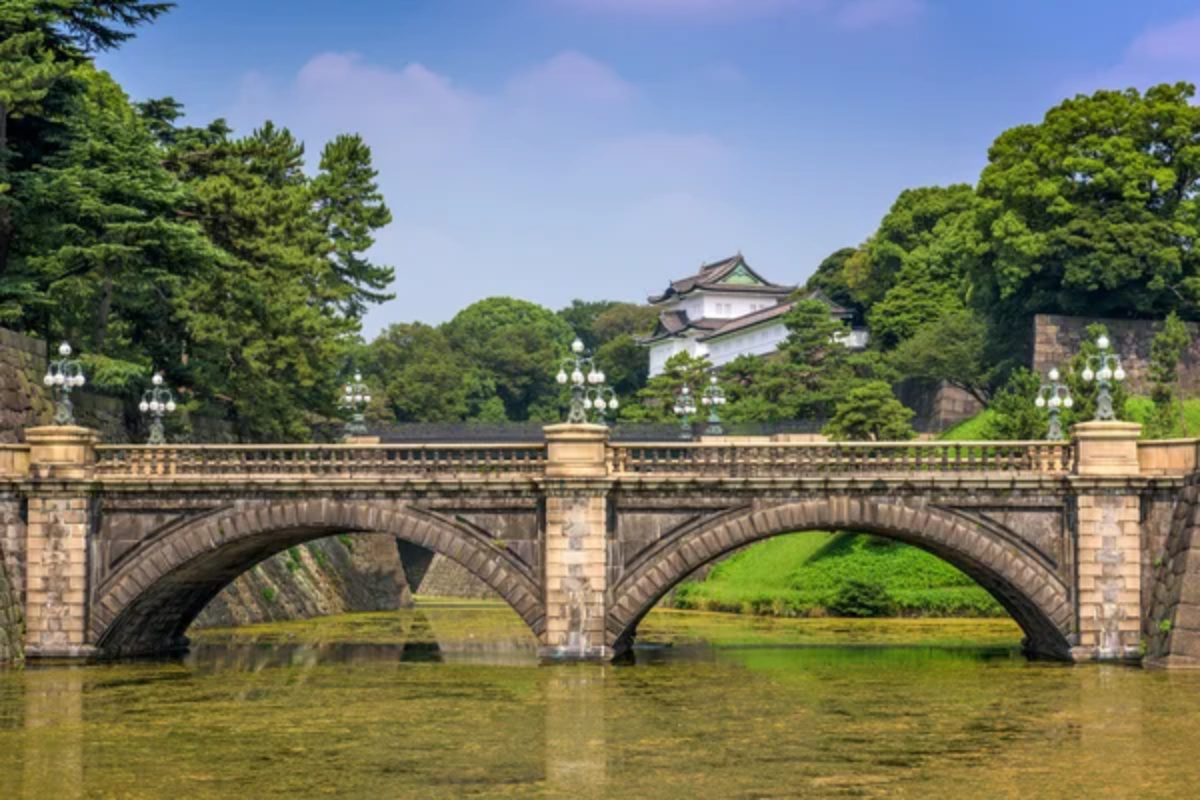
This contemporary art center near Trocadéro occupies a massive 1937 structure, presenting cutting-edge exhibitions in deliberately unfinished industrial spaces. The building remains open until midnight, creating a vibrant nighttime destination where art viewing merges with social experiences in multiple cafés and performance spaces.
Temporary installations often challenge conventional museum experiences through immersive environments and unexpected audience participation. The building’s raw concrete aesthetics and creative programming attract a predominantly local audience despite its central location.
Le Comptoir Général
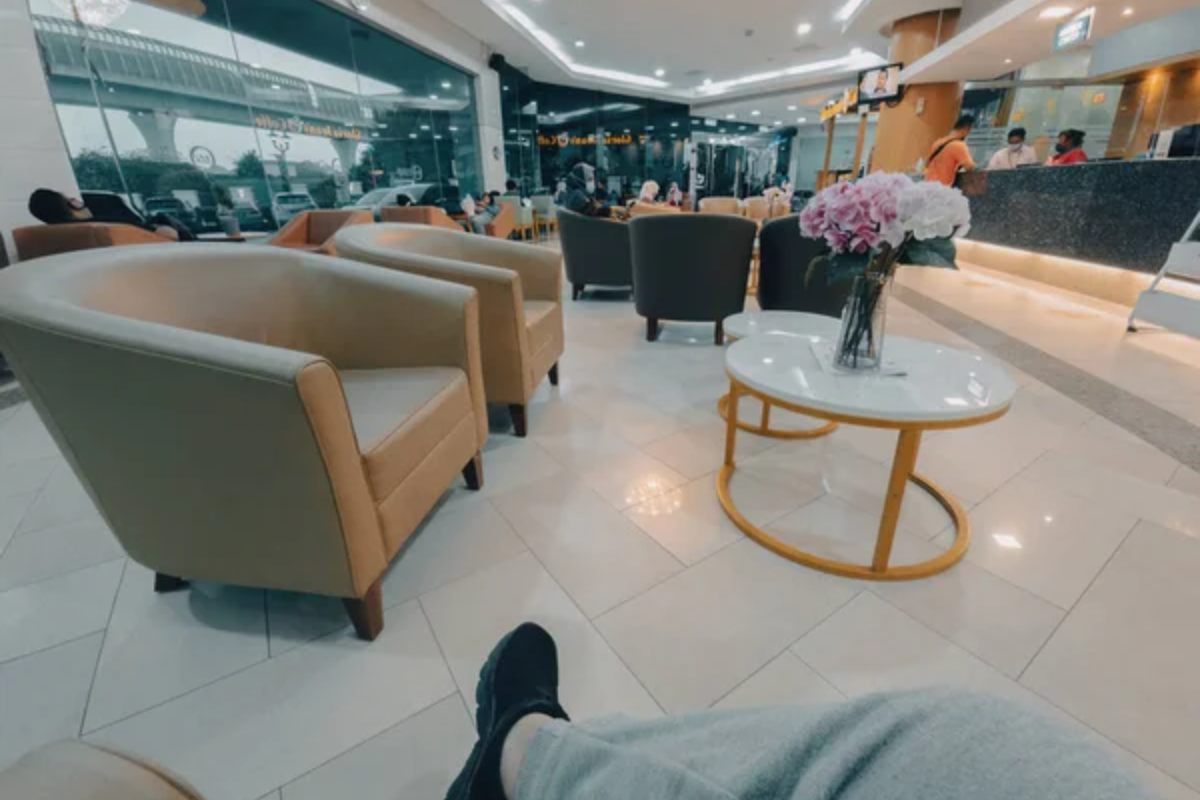
This self-described “ghetto museum” near Canal Saint-Martin celebrates Franco-African cultural connections through eclectic décor, tropical plants, vintage furniture, and weekend dance parties. The sprawling space occupies a former factory with multiple rooms featuring curated objects from across the African diaspora alongside contemporary art and design.
Creative cocktails incorporate ingredients rarely found elsewhere in Paris, served in repurposed containers matching the venue’s sustainable ethos. The diverse crowd represents the cosmopolitan reality of contemporary Paris rather than tourist demographic patterns.
Cimetière du Père Lachaise
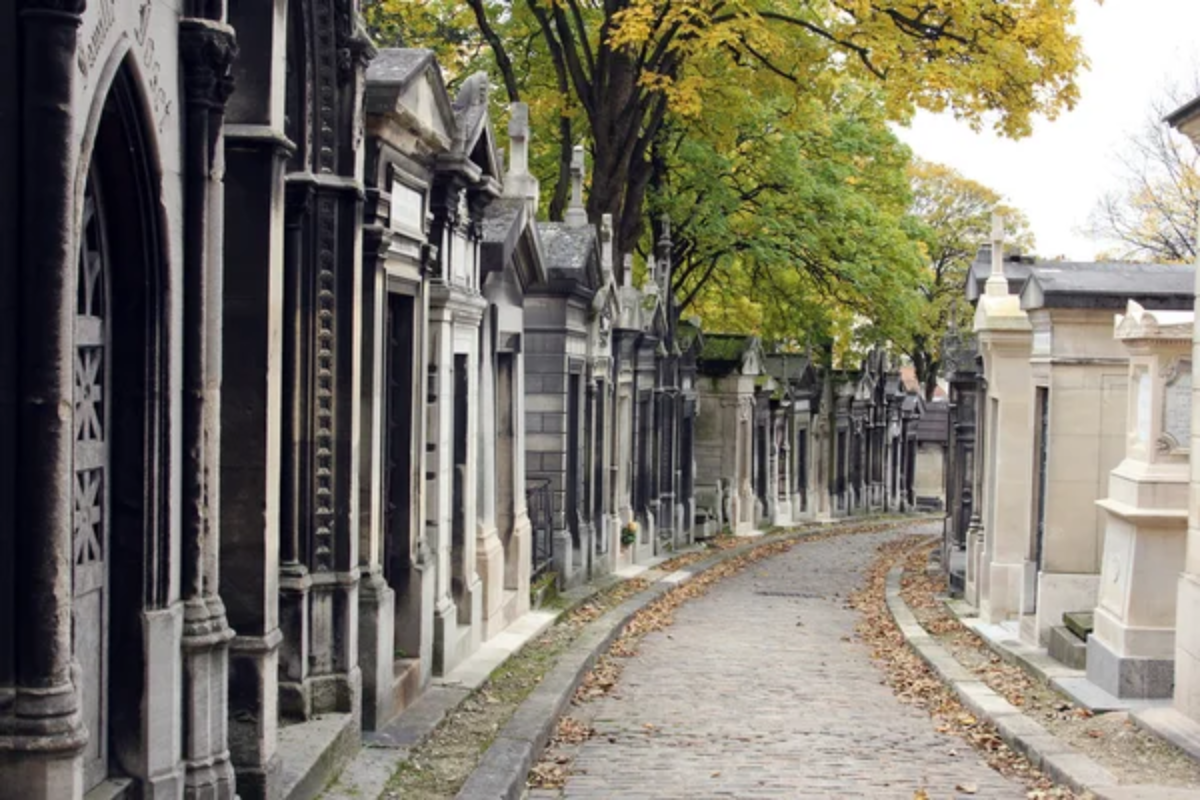
This atmospheric cemetery houses extraordinary funerary monuments for notable figures ranging from Oscar Wilde to Jim Morrison, creating an open-air museum of memorial sculpture spanning multiple centuries. Cobblestone paths wind through 110 acres of terrain, where towering chestnut trees create dappled light across elaborate tombs representing various artistic movements.
Maps identify notable graves, though wandering without agenda often yields more meaningful discoveries of forgotten stories and architectural details. The elevated eastern location provides unexpected city views between the branches of century-old trees.
Like Travel Pug’s content? Follow us on MSN.
Rue Crémieux
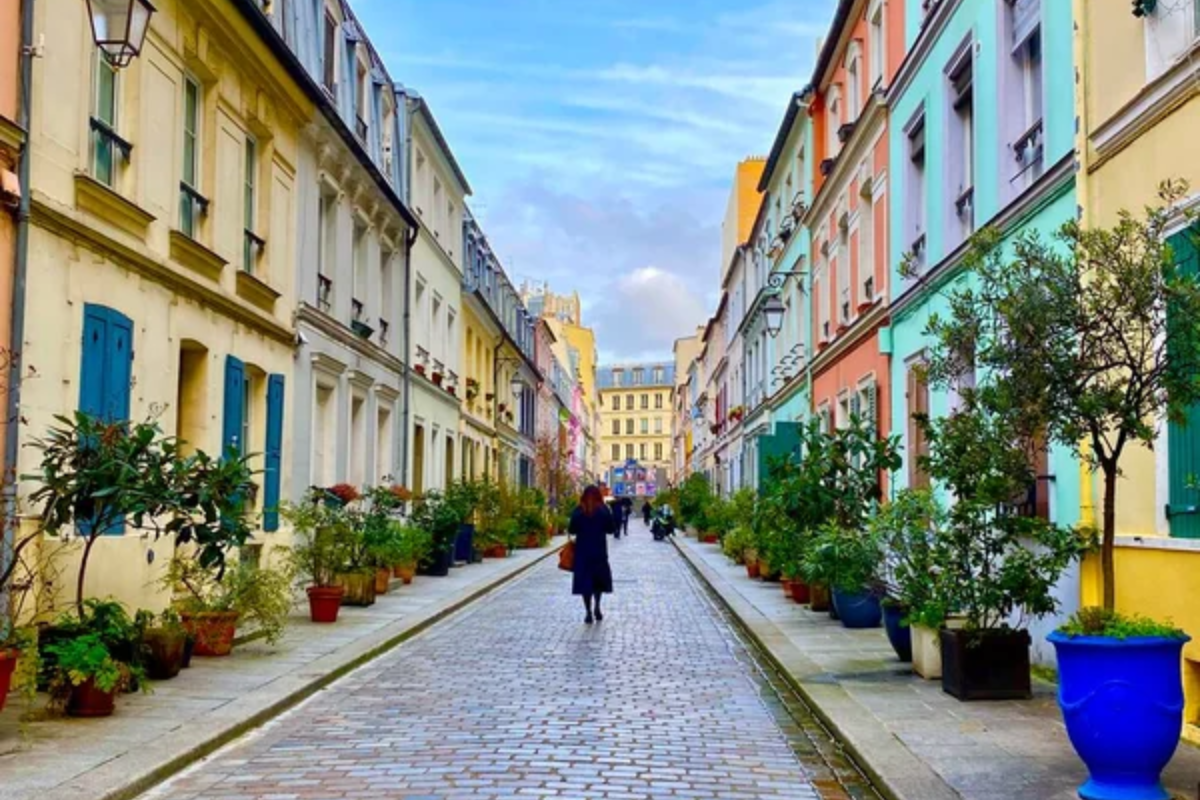
This pedestrianized street near Gare de Lyon features brightly painted façades in pastel hues reminiscent of Mediterranean villages rather than typical Parisian architecture. The narrow cobblestone lane houses potted plants and window boxes overflowing with flowers maintained by residents who’ve created an unexpected oasis amid surrounding urban density.
Morning visits provide optimal lighting conditions for appreciating the colorful buildings without disturbing residents. The street exemplifies how even central Paris contains hidden pockets of distinctive character away from major thoroughfares.
Promenade Plantée
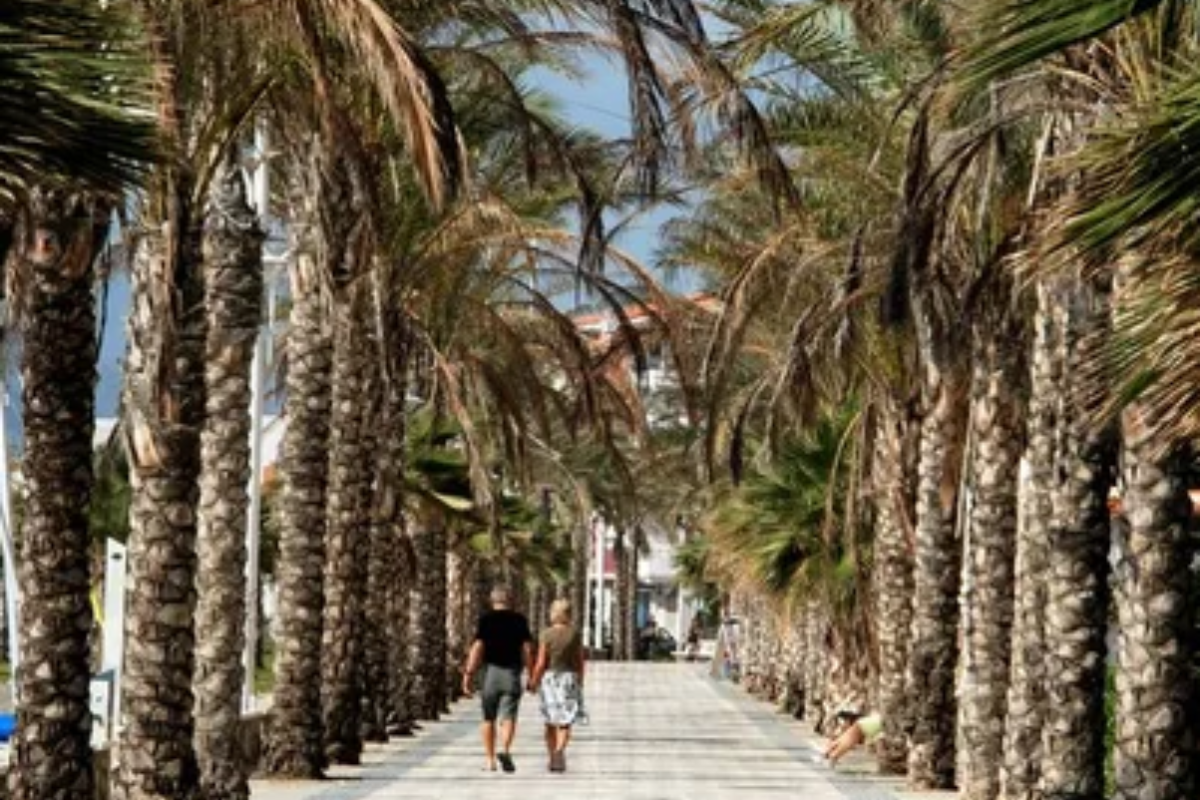
This elevated linear park built atop an abandoned railway viaduct predates New York’s High Line by nearly two decades, stretching nearly three miles through eastern Paris. The landscaped pathway planted with roses, lavender, and bamboo groves provides unique perspectives into apartment windows and hidden courtyards invisible from street level.
Staircases at regular intervals allow exploration of neighborhoods below, creating perfect circuits for understanding how Parisian communities connect vertically. The brick viaduct arches underneath house artisan workshops and design studios worth exploring after your elevated stroll.
Musée de la Vie Romantique
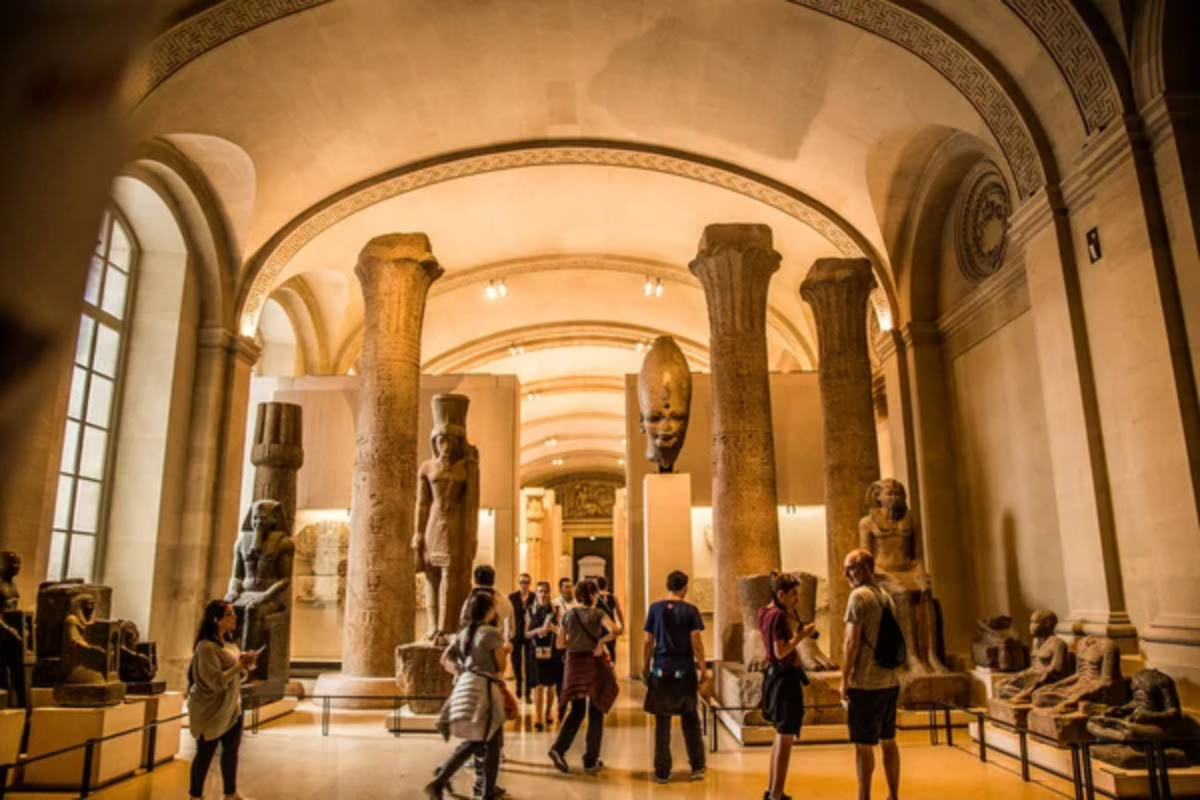
This charming museum occupies writer George Sand’s former townhouse at the foot of Montmartre, surrounded by a hidden garden café serving tea among climbing roses and lilac bushes. The preserved interiors display personal belongings and artwork from Paris’s Romantic period literary circles, creating an intimate connection with 19th-century intellectual life.
The cobblestone courtyard entrance remained unchanged since Chopin and Delacroix visited Sand’s famous salons. The museum’s tranquil atmosphere provides perfect respite between more crowded Parisian attractions.
Like Travel Pug’s content? Follow us on MSN.
Marché aux Puces de Saint-Ouen

The world’s largest concentration of antique dealers occupies a labyrinthine district at Paris’s northern edge, where over 2,000 vendors sell everything from museum-quality furniture to vintage postcards. Different market sections specialize in distinct eras and styles—from Art Deco lighting to industrial design—creating focused hunting grounds for specific interests.
Weekend visits bring street musicians and impromptu cafés serving simple meals among the merchandise displays. The market rewards repeat visits as vendors recognize returning customers and reveal choice items kept hidden from casual browsers.
Hidden Passages Couverts
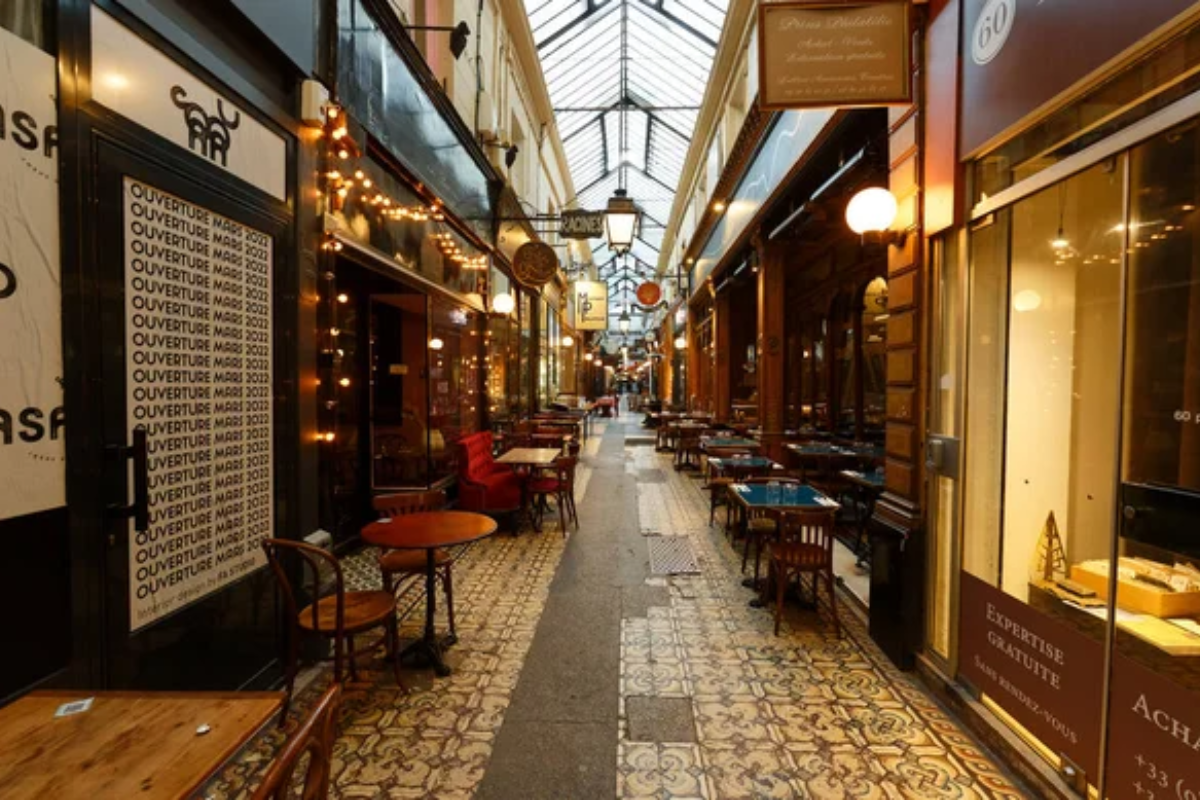
These glass-roofed shopping arcades from the 19th century create sheltered pedestrian thoroughfares between major boulevards, housing specialized bookshops, stamp dealers, vintage boutiques, and traditional cafés. Passage des Panoramas near the stock exchange retains original mosaic flooring and gilded signage from its 1800 construction, while Galerie Vivienne showcases neoclassical architectural elements alongside contemporary design shops.
These intimate spaces preserve commercial traditions largely unchanged despite surrounding urban transformation. Exploring multiple passages creates perfect rainy-day itineraries connecting through Paris’s historic commercial districts.
Parc Monceau

This elegant park in the 8th arrondissement features a rotunda entrance, Corinthian colonnade, and miniature Egyptian pyramid among lush English-style landscaping frequented by affluent neighborhood residents. Established in the 18th century as a private garden, the park retains a sense of aristocratic refinement through classical statuary and formal plantings.
Morning visits showcase local life as uniformed children arrive at surrounding private schools while nannies socialize near the playground. The park’s architectural follies create perfect photography settings without tower-focused perspectives.
Like Travel Pug’s content? Follow us on MSN.
Rue Mouffetard Market Street

This ancient Roman road in the Latin Quarter transforms daily into a bustling food market where specialty shops and outdoor vendors create a gastronomic paradise largely serving residents rather than tourists. The steep cobblestone street features cheese shops offering samples, family-run charcuteries slicing paper-thin ham, and produce displays arranged with artistic precision.
Evening visits showcase neighborhood social life as residents gather at unpretentious wine bars with street-side tables perfect for people-watching. The street’s southern section connects to picturesque Place de la Contrescarpe, where café terraces overflow with students from nearby universities.
Beyond the Iron Monument
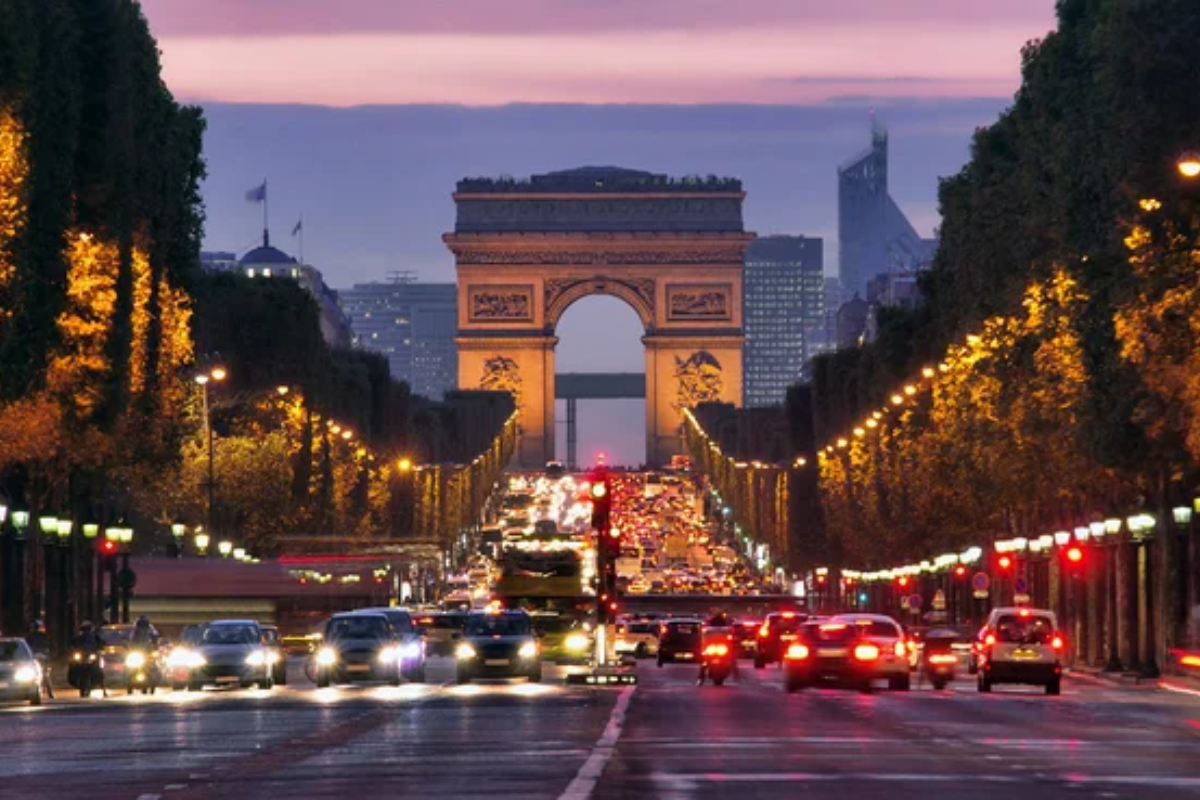
Paris reveals its most authentic character through these experiences far from the tower’s shadow, where daily Parisian life unfolds through market rituals, neighborhood parks, and cultural institutions catering primarily to locals. The city rewards curious travelers willing to explore quieter streets and lesser-known museums with experiences that create more meaningful connections than distant tower views.
Understanding Paris through these distinctive neighborhoods and hidden gems transforms visitors from tourists into temporary Parisians. These authentic encounters ultimately reveal why Paris maintains its position as one of the world’s most beloved cities—not for its monuments but for its inimitable way of life.
More from Travel Pug

- Cities Growing so Fast You Won’t Recognize Them in 10 Years
- 13 Destinations Where Tourists Regularly Regret Their Trip
- 20 Obscure WWII Sites Even History Buffs Don’t Know About
- 10 Under-the-Radar Mountain Towns That Are Both Affordable and Beautiful
- Remote Villages in Europe Where You Can Live for Free in Exchange for Work
Like Travel Pug’s content? Follow us on MSN.
